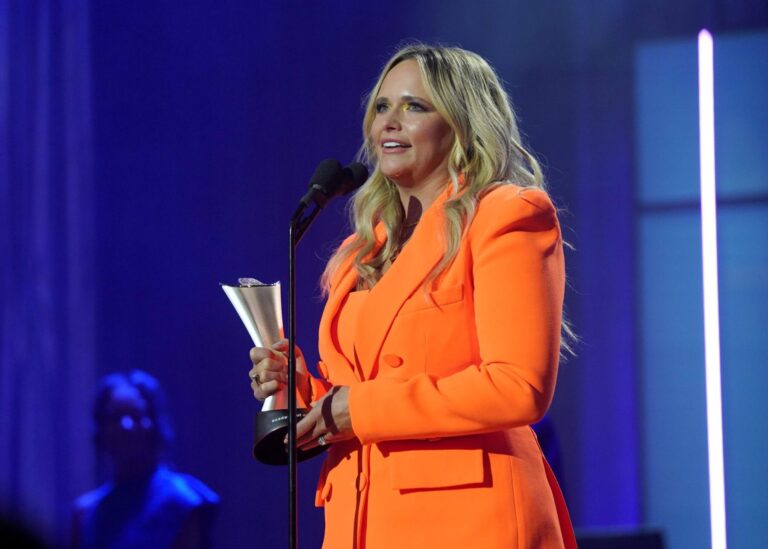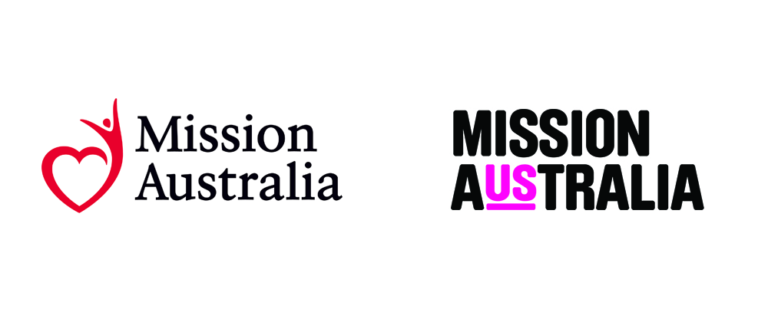Focused on improving calf welfare
KORUMBURRA veterinarian Jamie McNeil travelled to the United States of America late last year, as part of a study tour aimed at identifying ways to improve the management and value of surplus dairy calves in Australia.
Dr McNeil, who is the Dairy Australia rearing healthy calves’ program leader, was on the trip with New South Wales Department of Primary Industries development specialist Peter Havrlant, Dr Sarah Chaplin from Agriculture Victoria and Jessira Perovic from Meat and Livestock Australia.
The group investigated dairy beef system production in Texas, California and Wisconsin.
They visited two processors, two feedlots with Holsteins on feed, two calf ranches and three dairies with large scale calf rearing, one of which also backgrounds crossbred dairy/beef calves.
Dr McNeil said the five week tour last September and October looked at how the US dairy system dealt with surplus dairy calves.
He said in Australia, male dairy calves were often classed as surplus.
“Dairy Australia is focused on providing better welfare outcomes for those calves. We need to improve their welfare and make them a more valuable commodity than what they are now,” he said.
Dr McNeil said in the USA, more than 50 percent of beef that reaches the consumer if is from a dairy origin.
“They have much better defined pathways in place to deal with young calves. Only a small proportion would be sent to slaughter at five days old,” he said.
“The vast majority are put into production systems in order to create a high quality end product.”
The American beef market is not as strongly differentiated on the shelves with regard to breed like it is in Australia.
Dr McNeil said consumers in the US are more concerned with eating good quality beef and that Holstein beef would be as highly regarded as Angus beef.
“The thing we learnt was that dairy beef performs well in top end restaurants in the USA,” he said.
“That is one area that is a big difference to Australia and would require a big consumer change.”
Dr McNeil said US farmers looked at bull calves as a different arm of their enterprise.
He said farmers breed their better performing cows to sexed semen and for their lower performing cows, chose bulls in order to produce a crossbred animal well suited to enter the beef chain.
“They make conscious decisions along the way. Certainly in Australia the vast majority of dairy farmers don’t plan in that manner,” he said.
Dr McNeil said research was already underway to improve our understanding of the nutritional requirements and performance of dairy beef animals under feedlot and pasture conditions in Australia.
“There are certainly things we need to investigate as we differ greatly from the US particularly in relation to our access to pasture and the genetic base of our dairy herds. Once we have that information, we can take it to the farmers,” he said.
“Our goal is to improve the welfare of the animals and give them a longer, more valuable life.”
For the full report on the study tour, head to www.dairyaustralia.com.au/farm/animal-management/animal-welfare/dairy-beef?keyword=beef.

Help from afar: Korumburra veterinarian and Dairy Australia rearing healthy calves’ program leader Dr Jamie McNeil, second from right, said a recent study tour to the United States was aimed at improving the management of dairy calves in Australia.
Dr McNeil is pictured with Sarah Chaplin from Agriculture Victoria, Peter Havrlant from NSW Department of Primary Industries and Jessira Perovic from Meat Livestock Australia in front of some calf hutches on a 13,000 head calf rearing facility in Texas.
Short URL: /?p=25633







